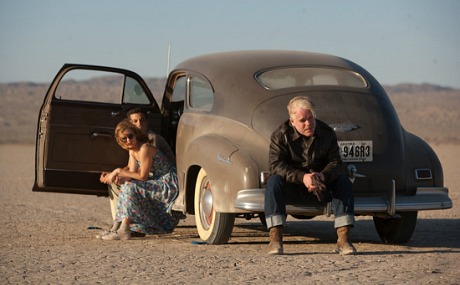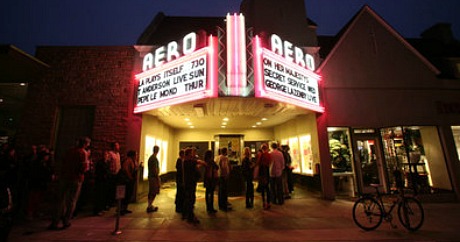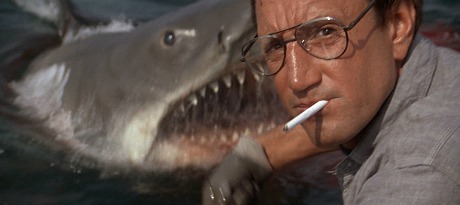Yesterday’s Clint Eastwood-endorses-Mitt Romney announcement led to an intense Twitter debate between Badass Digest‘s Devin Faraci and Hitfix‘s Drew McWeeeny. It quickly devolved evolved into a discussion of the how to deal with the loony-tune right. I don’t want to over-simplify, but it seemed that Drew was basically mouthing a “let’s be civil and show respect” line and Faraci was basically saying “eff that noise.” Here’s some of what Faraci said:
“I don’t have to be tolerant of intolerance, and fuck elevating the conversation. This isn’t a conversation. It’s a war for the future of the world. Period. To pretend that this is about people having disagreements is INSANE at this point. They don’t believe in SCIENCE. You don’t win wars by being nice. You win wars by destroying the enemy. You lose wars by appeasing.
“Again, you’re treating this like it’s a gentleman’s disagreement. This is [about] hard-right hate groups taking over the nation. People are going to look back at what went down in this political period and refuse to believe [that this] shit ever got this out of hand. [And] you’re going to lose. You’re going to quietly allow these people to not only destroy this country but actually, and, this is not hyperbole, destroy life on this planet as they continue to ignore global warming. No, the problem is hard right anti-science hate mongers who have co-opted the GOP, and we all pretend like it’s not a big deal.
“I’m not interested in making people on the other side listen. I’m interested in defeating them thoroughly. I don’t care about changing their minds anymore. I care only about mitigating the harm they do. The problem is the idea that these people can be dealt with using some Marquess of Queensbury rules. They are not interested n reason or debate or discussion. They cannot be treated like equals or people who will be persuaded. They must be only beaten down. Just like nobody bothered trying to give Bull Connors a good talking to, these people must be legislated to the margins. Forever.
“So I’m okay with turning up the rancor. We should all be really rancorous that a GOP rep compared women’s health care to 9/11. If you’re trying to handle it ‘quietly’ and without rancor you’re pretending we’re past the point of no return. I’ve learned that you can’t have rational discussions with irrational people.”








